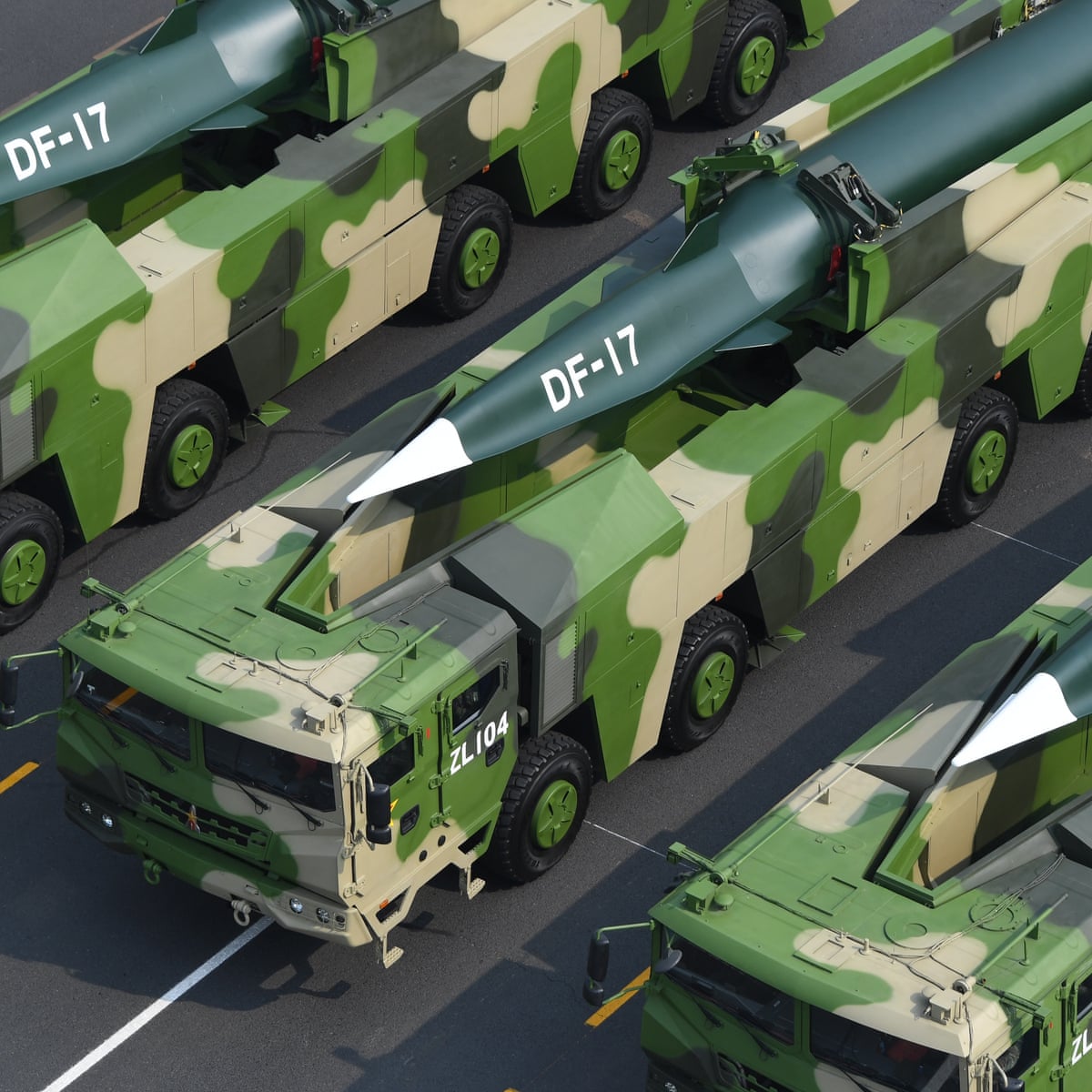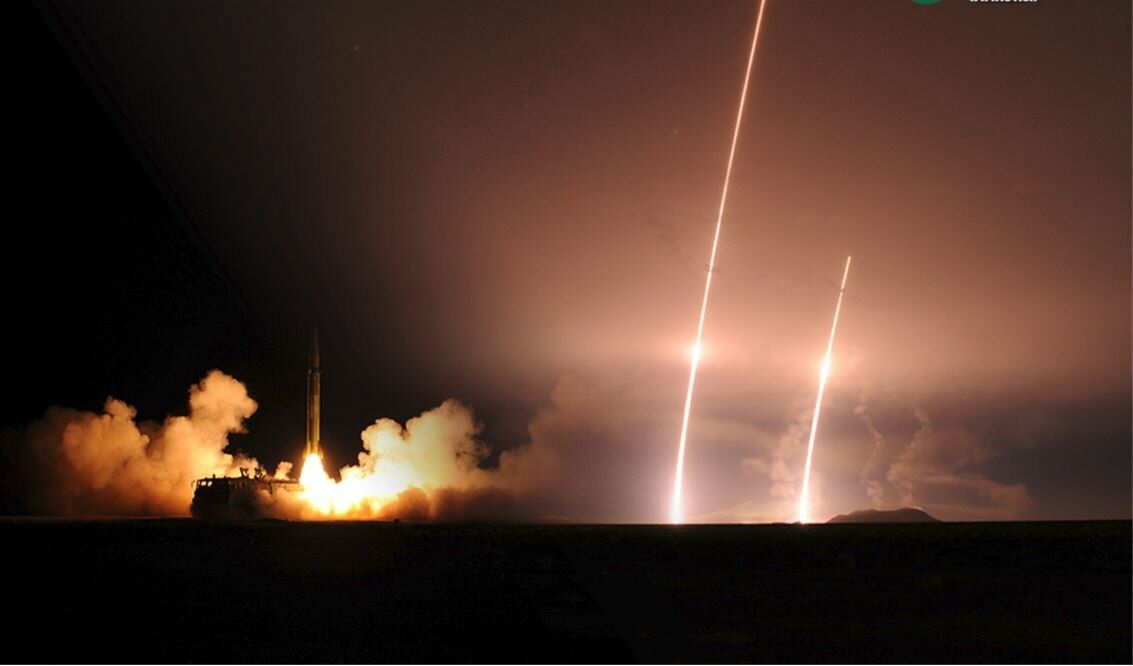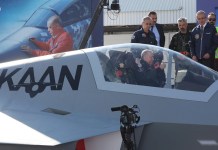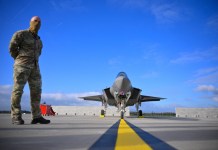China’s latest nuclear-capable hypersonic weapon system is orbital in nature and may stay in space for a long period of time, according to a senior US Space Force official.
A statement from US Space Force Lieutenant General Chance Saltzman, the Deputy Chief of Space Operations for Operations, Cyber, and Nuclear during an event, giving a new twist to China’s hypersonic weapon capabilities.
The Chinese hypersonic weapon, according to Saltzman, has an orbital character, meaning it may stay in orbit indefinitely unless the user decides to deorbit it. This is the most recent piece of official information on this unique technology, which apparently employs a hypersonic glider capable of launching its own projectile in order to carry out a strike.

“I believe that the words we use are important so that we comprehend exactly what we’re talking about,” Saltzman said.
“Sometimes I hear hypersonic missiles, and other times I hear suborbital.” Anything faster than Mach 5 is usually considered hypersonic, whereas a suborbital object travels through space but does not enter any of the planet’s orbits. Intercontinental ballistic missiles are an example of such weaponry.
“Because a fractional orbit differs from a suborbital orbit, this is a fundamentally separate system,” he said. He also noted that it is a “very cutting-edge technology capability” that the Space Force must determine soon so as to counter.
That description fits in line with the comments made earlier by now-retired Air Force General John Hyten, who served as Vice Chairman of the Joint Chiefs of Staff. “It traveled around the world and let out a hypersonic glide vehicle that glided all the way back to China and struck a target in China,” he told CBS News.
Fractional Orbital Bombardment System
A fractional orbital system is one in which a vehicle enters orbit but is returned to Earth before entirely circling the planet. However, China’s system appears to be especially innovative and has frequently been broadened to include concepts that complete one or more revolutions.

Between 1969 and 1983, the Soviet Union used a nuclear-weapons-carrying Fractional Orbital Bombardment System (FOBS). However, the Chinese technology is unique in that it de-orbited a highly maneuverable hypersonic glide vehicle (HGV).
According to the Outer Space Treaty 1967, no country can station nuclear weapons in orbit. The Soviet Union had then claimed that the original FOBS was legal since the warhead-carrying spacecraft did not complete a full rotation of the Earth before delivering its lethal payload.
No one has articulated how China was able to launch the payload or missile at a speed of five times the speed of sound. It is believed that the latest Chinese weapon employs a hypersonic glider capable of high-speed, largely level, atmospheric flight as well as some maneuverability, rather than a conventional re-entry vehicle.
China reportedly tested a nuclear-capable hypersonic glide vehicle from an near-orbital trajectory in August, amid an intensifying race for the next generation of long-range weapons that are harder to detect and intercept https://t.co/v3V9pcaNNP 1/5 pic.twitter.com/evWRlKMEn8
— Reuters (@Reuters) October 18, 2021
In theory, this would combine the defense-evading capabilities of FOBS with that of a hypersonic boost-glide vehicle.
According to Financial Times, the vehicle in this new Chinese system may be capable of firing projectiles on its own, a theoretically difficult ability for anything traveling at hypersonic speeds. However, this will present a major challenge to the existing air defense systems.
Additionally, Lieutenant General Saltzman made an intriguing point regarding how difficult it is to identify and monitor such a weapon’s flight. As a result, the amount of time a defender has to notice and characterize an approaching nuclear strike before deciding how to respond could be reduced.
“You know, a lot of our warning is centered on ballistic missiles because that’s been the dominant concern for so long,” Saltzman said. “As a result, I believe it is incumbent on the Space Force to ensure that we are building the capacity to track these types of missiles. Ideally, before they’re launched, but also throughout their lifecycle – whether in orbit or carrying out their mission set.”
Needless to say, the US is deeply concerned about the potential consequences of such hypersonic weapons. The good news is that the country has already awarded a contract to American companies Northrop, Lockheed, Raytheon to develop a defense system capable of detecting and eliminating hypersonic missiles.
- Contact the author at ashishmichel@gmail.com
- Follow EurAsian Times on Google News




